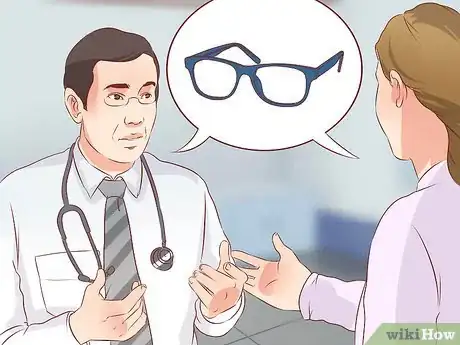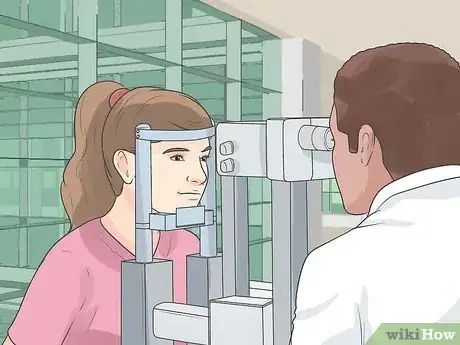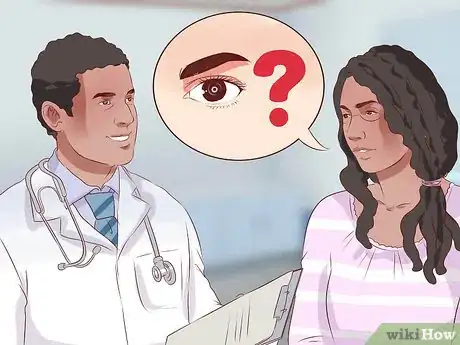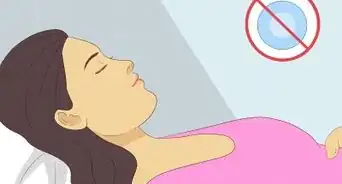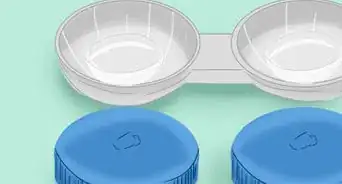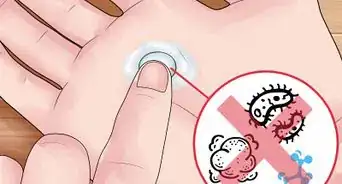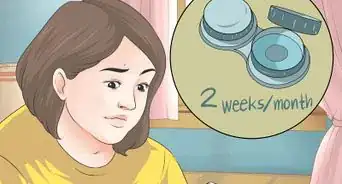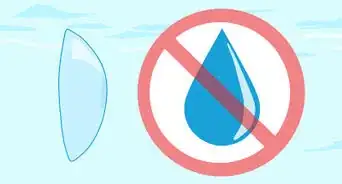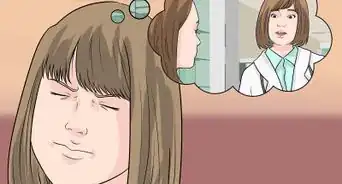This article was co-authored by David Felsted, DO and by wikiHow staff writer, Aly Rusciano. Dr. David Felsted is a Comprehensive Ophthalmologist based in Flagstaff, Arizona. He specializes in cataract and refractive surgery, micro-invasive glaucoma surgery, ophthalmic lasers, dry eye disease, diabetic retinopathy, and ocular trauma. Dr. Felsted holds a BS in Accounting from Brigham Young University and a Doctor of Osteopathic Medicine from Midwestern University. He completed his Ophthalmic residency at The Medical College of Georgia.
There are 8 references cited in this article, which can be found at the bottom of the page.
So, you have glasses but want contacts. We get it—eye accessories don’t match every occasion! But the only problem is you don’t want to go back to the optometrist. You’ve already had your eyes checked and have the glasses prescription; you should be able to use that to get contacts, right? Well, not exactly. In this article, we’ll explain the whys and hows behind whether using your eye prescriptions interchangeably is really possible.
Things You Should Know
- Glasses and contact lens prescriptions cannot be used interchangeably because they’re 2 different prescriptions.
- Converting the vertex distance of a glasses prescription can help you determine how different a contacts prescription would be.
- Visit an optometrist to safely find your contact lens prescription so you don’t damage your sight.
Steps
Warnings
- While conversion charts and tools can help you find a contact lens prescription at home, it’s always best to go to an eye doctor and get a separate exam, especially before buying contacts.⧼thumbs_response⧽
References
- ↑ https://www.contactlenses.org/prescription.htm
- ↑ https://www.ncbi.nlm.nih.gov/pmc/articles/PMC4069781/
- ↑ https://www.nao.org/wp-content/uploads/2020/05/Vertex-Distance-Effective-Power-and-Compensated-Power-Tilt-Wrap.pdf
- ↑ https://webeye.ophth.uiowa.edu/eyeforum/video/Refraction/pdfs/Optics-Review.pdf
- ↑ https://www.contactlenses.org/prescription.htm
- ↑ https://www.vsp.com/eyewear-wellness/eye-health/contact-lens-exam
- ↑ https://webeye.ophth.uiowa.edu/eyeforum/video/Refraction/pdfs/Optics-Review.pdf
- ↑ https://delivercontacts.com/research/prescriptions/diameter/
- ↑ https://www.optometrists.org/general-practice-optometry/optical/guide-to-contact-lenses/hydrogel-vs-silicone-hydrogel-lenses/
